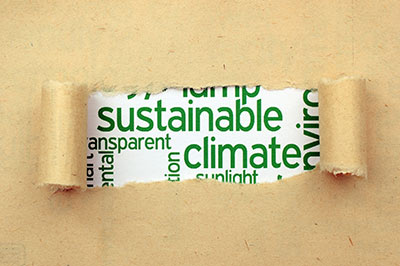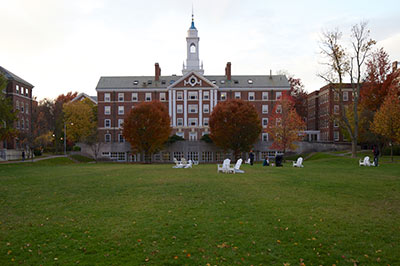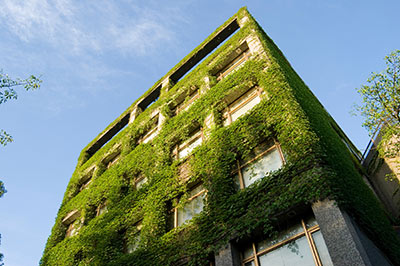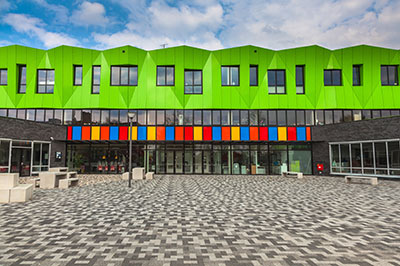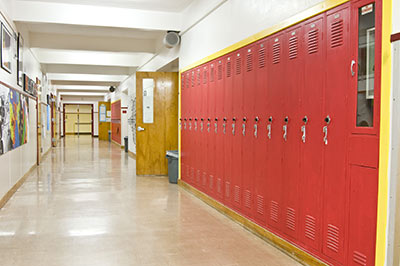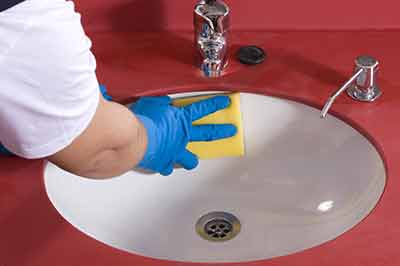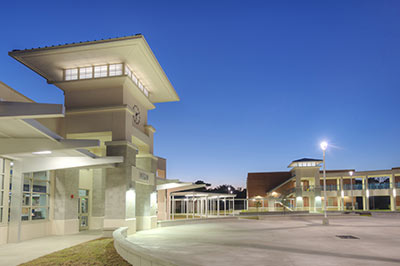By T. R. Dunlap
The topics of outdoor learning and outdoor classrooms are trending in education conversation and research. Recently, there have been many articles in education and scientific journals as well as in popular magazines and websites on the many reasons schools should embrace outdoor learning. Outdoor learning is increasingly viewed as a powerful way to engage students in the educational experience and to foster a greater appreciation for the natural world. Schools have implemented the development of outdoor classrooms as one approach to embrace outdoor learning for their students. Researchers, educators, administrators, and facility managers are looking into how outdoor classrooms could provide a positive impact on student success. Here are three good reasons why your school should consider investing in an outdoor learning program and the building of an outdoor classroom.
- Outdoor Learning Positively Affects Physical Health
The need for and benefits of outdoor learning are frequently discussed in light of perceived health crises among American children. Here are just two examples of physical benefits outdoor learning may offer student.
First, outdoor learning gets students moving. The USA has a gathering storm from the factors of childhood malnutrition, obesity, and lack of physical activity. The average American child spends as few as 30 minutes playing outdoors each day (National Wildlife Federation), and many believe that our children are more inactive and obese than in previous generations. We need to get kids moving! Outdoor learning is a great way to provide students opportunity to move and explore and, hopefully, become healthier.
Second, outdoor learning reconnects kids with the power of ‘solar energy’. The sun has always held benefits for human development and health—of course, one must consider the need for sunscreen and proper hydration for the students. We are all aware of the need for vitamin D, which the sun provides to us naturally. Students who are stuck indoors during the school day can miss out on this very needed health benefit. In addition, natural light can help our kids see well. The natural light one experiences outdoors reduces the risk of nearsightedness. When compared to the lighting of our inside environments, there’s nothing quite like light of the natural world (Nutt, 2014). Outdoor classrooms are one way to capitalize on the physical advantages of outdoor learning.
- There are Cognitive Benefits to Outdoor Learning
Recently, there have been a number of articles on how outdoor learning can make kids smarter, improve children’s memory and attention, and even help kids with autism. We now know that children’s awareness, reasoning, and observational skills are improved in their cognitive development with an increased exposure to nature (Pyle, 2002). The cognitive advantage of outdoor learning is seen in academic performance. For example, children who have increased contact with the outdoors score higher on tests of concentration and self-discipline (Wells, 2000; Taylor, Kuo, & Sullivan, 2002). In an age of heightened pressure for student performance, why not consider using outdoor classrooms to bolster student learning and achievement?
- Outdoor Learning Helps the Socialization of Students
Finally, researchers have noted that outdoor learning leads to positive outcomes in students’ social development. Some have argued that nature stimulates social interaction between children much more than indoor learning environments (Bixler, Floyd, & Hammit, 2002). When learning outdoors, students work more collaboratively as they explore the natural world together. An outdoor classroom provides opportunities for students to interact and learn in new and different ways, and the social benefits should not be underestimated.
There are many other considerations that should be given to the implementation of outdoor learning programs in our schools, but the most obvious among them are the physical, cognitive, and social benefits of outdoor learning. As your school or district considers investing in or expanding an outdoor classroom, keep in mind the many advantages this type of education facility will have for your students.
T. R. Dunlap is a research assistant for George Washington University in the Education Facilities Clearinghouse. After having worked as a foreign language educator, he now researches topics relevant to education facilities and their improvements.
References:
Bixler, R. D., Floyd, M. E. & Hammitt, W. E. (2002). Environmental socialization: Quantitative tests of the childhood play hypothesis. Environment and Behavior, 34(6), 795-818.
Ellis Nutt, A., ‘Go play outside, kids:’ Natural light reduces risk of nearsightedness in children, scientists say, (2014) The Washington Post Retrieved from http://www.washingtonpost.com/news/to-your-health/wp/2014/11/28/go-play-outside-kids-natural-light-reduces-risk-of-nearsightedness-in-children-scientists-say/.
Lieberman G. A., & Hoody, L. L. (1998). Closing the achievement gap: Using the environment as an integrating context for learning. San Diego, Calif: State Education and Environment Roundtable.
National Wildlife Federation, Health benefits (n.d.) Retrieved from http://www.nwf.org/what-we-do/kids-and-nature/why-get-kids-outside/health-benefits.aspx.
Pyle, R. (2002). Eden in a vacant lot: Special places, species and kids in community of life. Children and Nature: Psychological, Sociocultural and Evolutionary Investigations. Kahn, P.H. and Kellert, S.R. (eds) Cambridge: MIT Press.
Taylor, A. F., Kuo, F.E., & Sullivan, W.C. (2002). Views of nature and self-discipline: evidence from inner city children. Journal of Environmental Psychology, 22, 49-63.
Wells, N. M. (2000). At home with nature, effects of "greenness" on children's cognitive functioning. Environment and Behavior, 32(6), 775-795.


